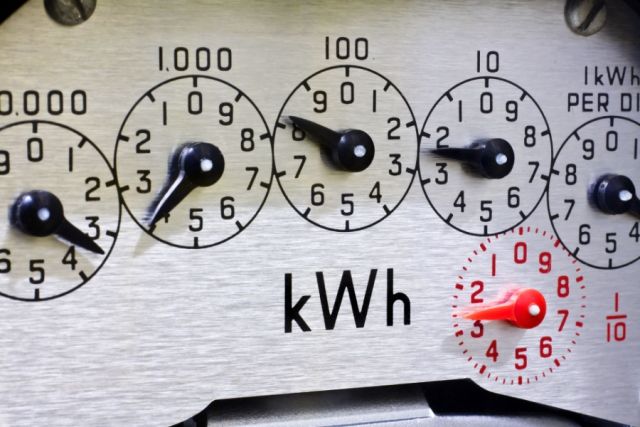
(Source: Shutterstock.com)
Thanks to record levels of natural gas production and mild winter months, total U.S. energy production hit a new high in 2023, while overall consumption fell at the same time.
The result was a gap between production and consumption of 9 quadrillion Btus (quads), the biggest gap since 1949 — the furthest back that records go. Total energy produced amounted to 103 quads, while total consumption came in at 94 quads.
In 2023, dry natural gas production grew 4% from the year before to a record 39 quads, a 58% increase over a decade. Crude oil production reached 27 quads, another record, after growing 9% from 2022. NGL production has increased 143% since 2013 and amounted to 8 quads last year.

Natural gas led the way in increased energy production, thanks largely to the Permian Basin.
Despite low prices, natural gas production has continued to grow in the Permian because it’s a byproduct of crude oil production in the nation’s most active oil play. The basin accounted for almost half of crude production in 2023, according to EIA spokesman Chris Higginbotham, according to Reuters.
Solar and biomass also played a growing role, producing a record 6 quads in 2023.
Only coal and wind power production declined. U.S. power companies have been retiring coal plants to cut greenhouse-gas emissions, lessening demand. Wind power production fell by 2% in 2023 because average U.S. wind speeds were slower throughout the year, according to the EIA.
The EIA uses Btus, a measurement of heat content of fuels or energy sources, to compare barrels of oil, cubic feet of gas or kilowatt-hours for solar energy. One Btu is the quantity of heat required to raise the temperature of a pound of water by 1 F.
Across the U.S., not much heat was required by customers from January to March or October to December. The National Weather Service reported that warmer-than-average temperatures were the norm in the 2023 winter months.
U.S. energy consumption declined from 2022 to 2023, led by 17% drop in coal consumption for power generation to 8 quads.
The U.S. set a record of 99 quads of consumption in 2007. Since then, consumption has remained between 89 quads and 97 quads per year, EIA said.
Recommended Reading
Renewed US Sanctions to Complicate Venezuelan Oil Sales, Not Stop Them
2024-04-19 - Venezuela’s oil exports to world markets will not stop, despite reimposed sanctions by Washington, and will likely continue to flow with the help of Iran—as well as China and Russia.
US Interior Department Releases Offshore Wind Lease Schedule
2024-04-24 - The U.S. Interior Department’s schedule includes up to a dozen lease sales through 2028 for offshore wind, compared to three for oil and gas lease sales through 2029.
Guyana’s Stabroek Boosts Production as Chevron Watches, Waits
2024-04-25 - Chevron Corp.’s planned $53 billion acquisition of Hess Corp. could potentially close in 2025, but in the meantime, the California-based energy giant is in a “read only” mode as an Exxon Mobil-led consortium boosts Guyana production.
States Sue US to Block Rule That Oil Firms Guarantee Payment to Dismantle Old Wells
2024-06-17 - The lawsuit was filed against the U.S. Bureau of Ocean Energy Management to block the proposed rule that would require the offshore oil and gas industry to cover costs of dismantling old infrastructure.
New BOEM Regulations Raise Industry Decommissioning Obligations by $6.9B
2024-04-15 - Under new regulations, the Bureau of Ocean Energy Management estimates the oil and gas industry will be required to provide an additional $6.9 billion in new financial assurances to cover industry decommissioning costs.




